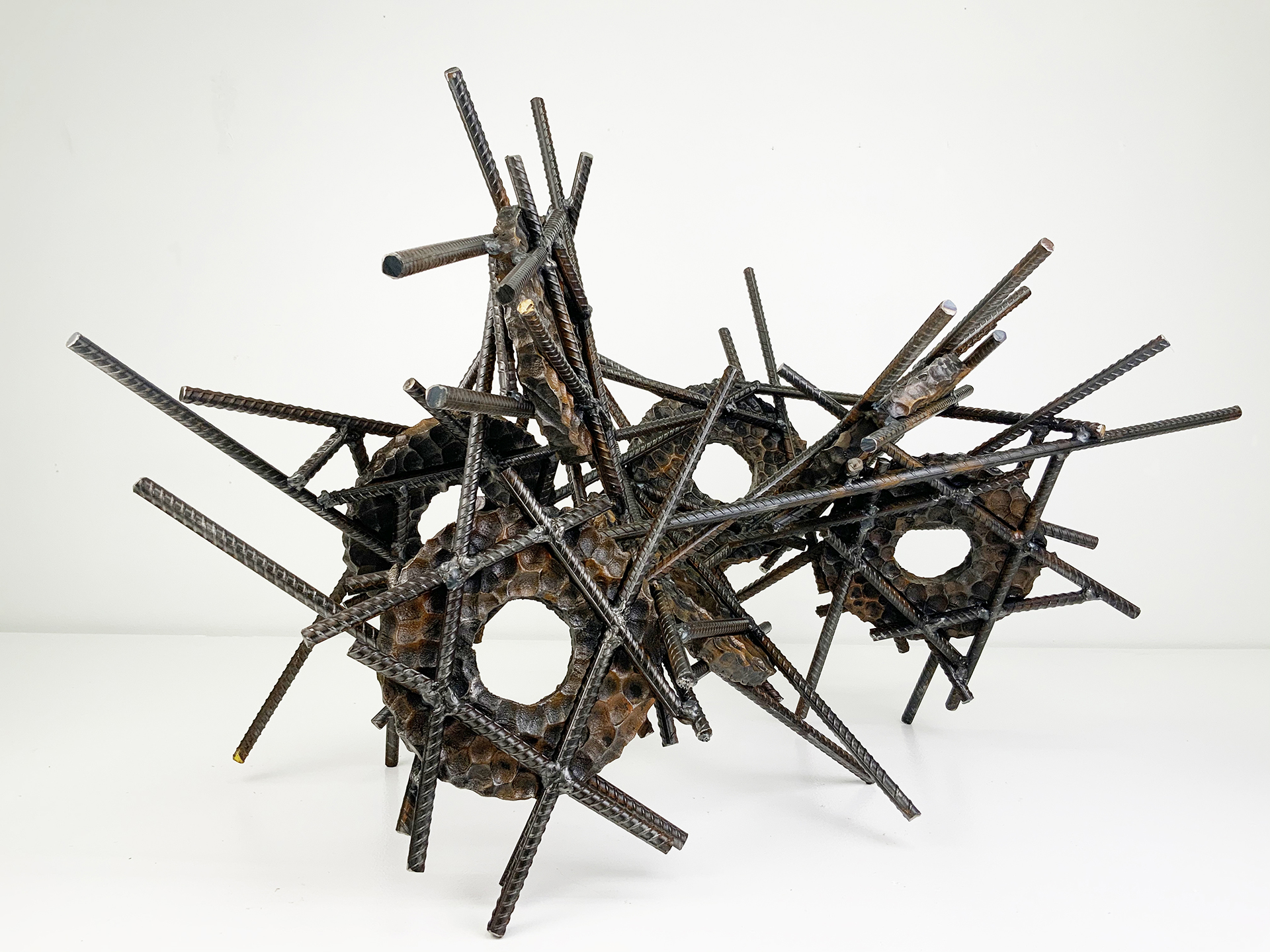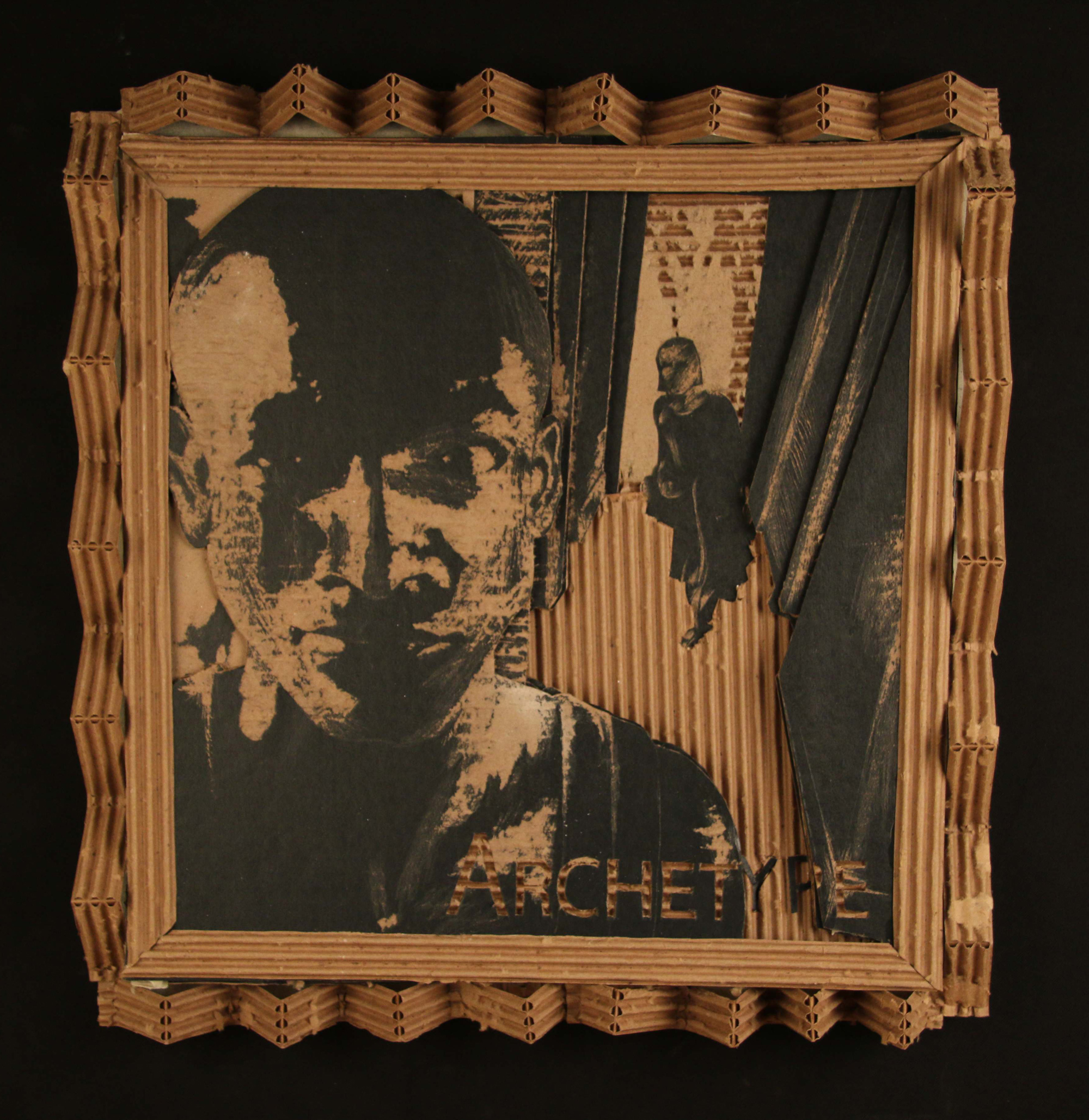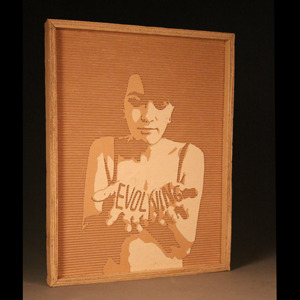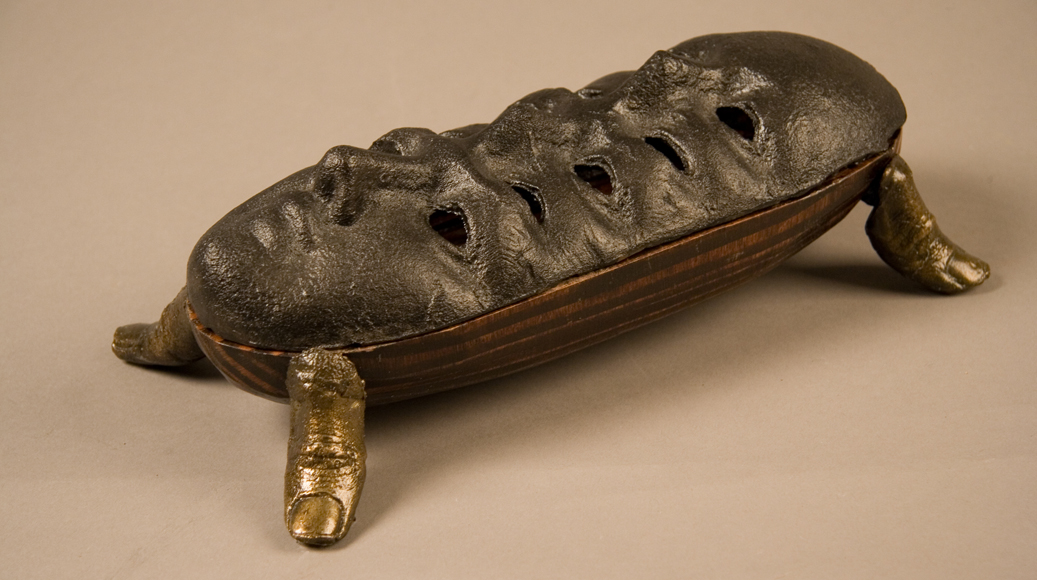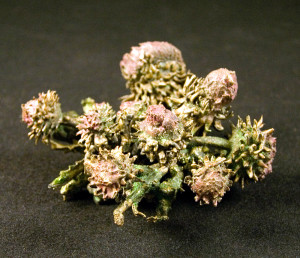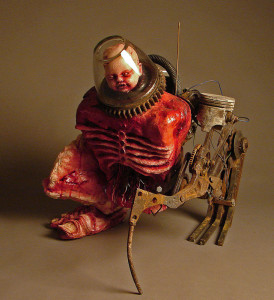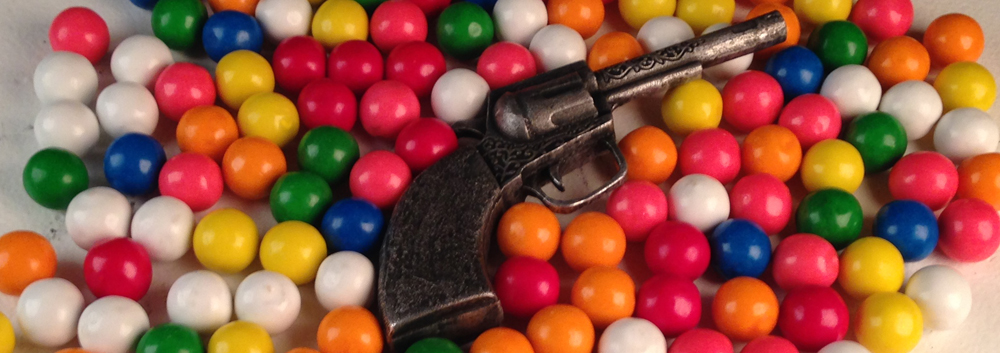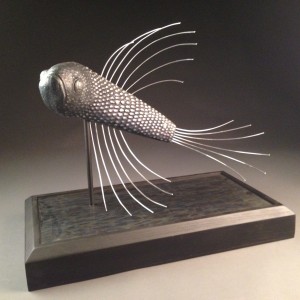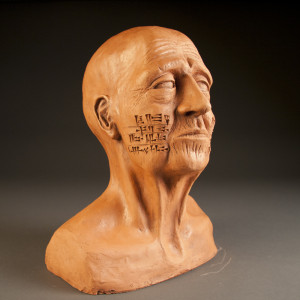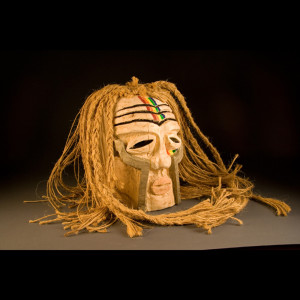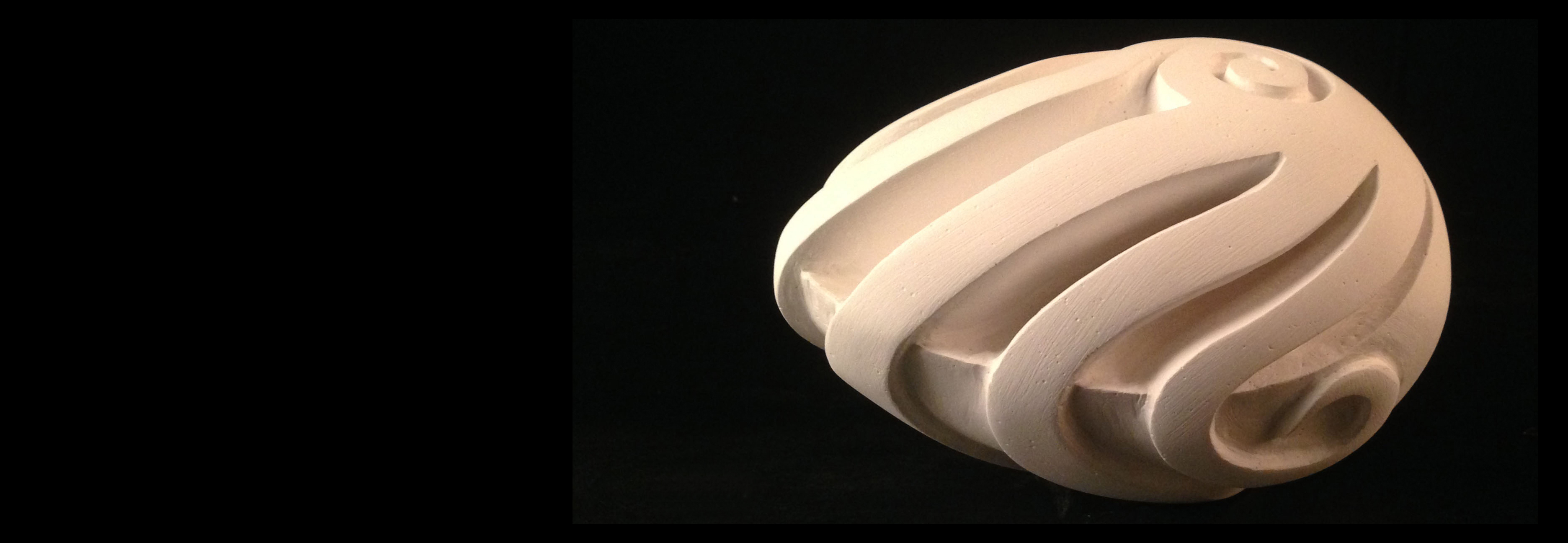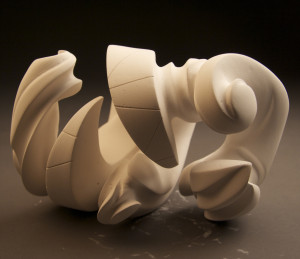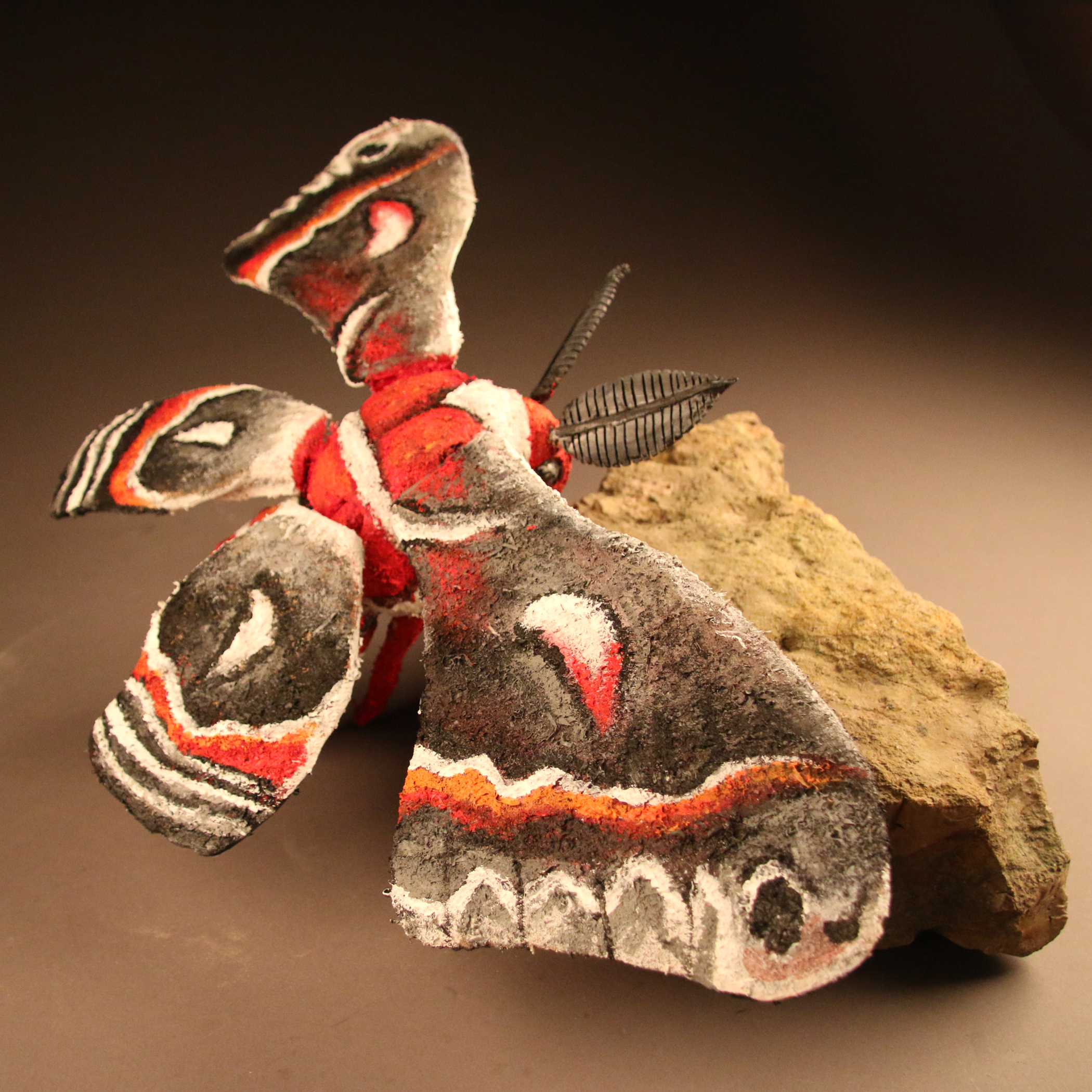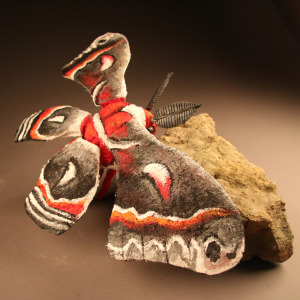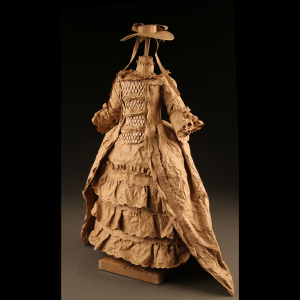 In this project you are to use reclaimed cardboard to render everyday objects. The cardboard structures emphasize the importance of reusing and recycling materials and should provide an inspiring example of creative thought and innovation through repurposing materials.
In this project you are to use reclaimed cardboard to render everyday objects. The cardboard structures emphasize the importance of reusing and recycling materials and should provide an inspiring example of creative thought and innovation through repurposing materials.
Mission: (Project Description)
Your mission is to build a mechanical object from the structural and aesthetic qualities of cardboard. Using cardboard, adhesives, and possibly some fasteners (such as string, nails, and screws) you will be building a 3 dimensional duplication of a mechanical object/device. The finished form should be at least 18 inches in one dimension. Glues are allowed on this project. Tapes or fasteners may be used as well. Hide them and use them strategically, to develop a consistently crafted object. Think craftsmanship! Folding, cutting, de-lamination, lamination methods and strategically placing cardboard in a consistent structural method should be a goal. Conservation of materials should be considered as well. The size and weight of the final object is a usual obstacle for sculptors.
Project Gallery
